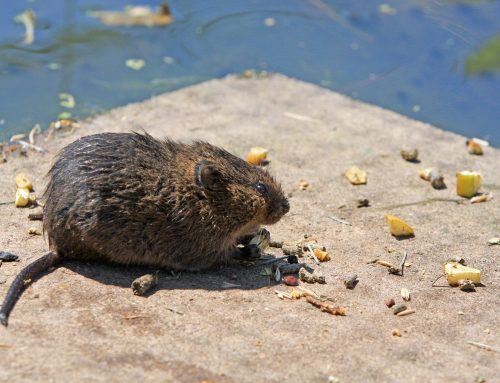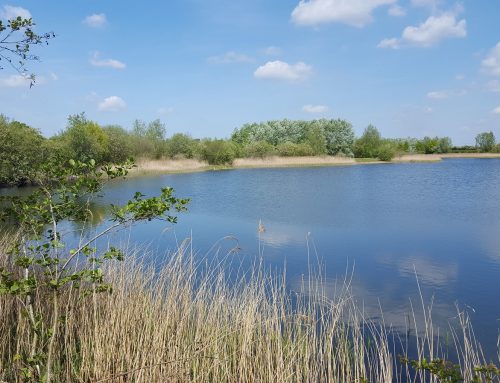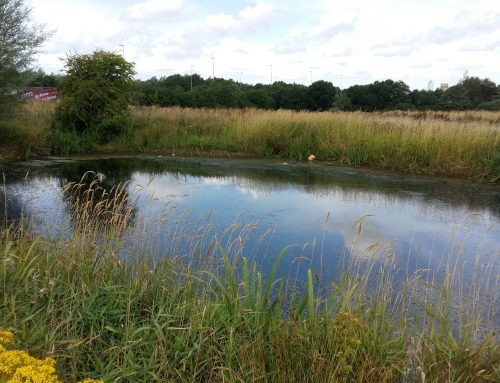Project Description
Longmoor Military Firing Range | Hampshire
Avian Ecology worked with the Defence Infrastructure Organisation and Savills Planning to assist with the development of a new target practice range, which for operational reasons had to be within a short distance of a series of military and naval bases. The only suitable location was set within internationally important habitats consisting of extensive heathland, designated under European legislation (as a Special Protection Area and a Special Area of Conservation) and national legislation (as a Site of Special Scientific Interest). The habitats are arguably the most important site for amphibians and reptiles in the UK, containing all the native species found in the country, and also support internationally important populations of a 3 heathland bird species. Working with the DIO (an operating arm of the Ministry of Defence responsible for their estate), their agents Landmarc Support Services, Savills planning, Natural England and various nature conservation NGOs, a careful design process incorporated ecology as a critical factor. Not only did this have to consider the direct effects of land loss and disturbance, but the potential for changes to habitats from lead deposition. A suitable location within the MoD site was identified which both minimised impacts on sensitive species and habitats and also fulfilled military requirements. Comprehensive mitigation and compensation was designed to provide a clear gain for all key species and habitats through both the construction period and long term operation. Avian Ecology advised on the likely impacts and mitigation strategy, prepared the Ecology Section of the Environmental Statement (ES) submission, liaised with Natural England and other consultees and provided the ‘Habitats Regulations Assessments’ (HRA) on behalf of the MoD. It is extremely rare to build within European Protected sites, and subsequently the HRA had to pass through the final and most complex stage of the process (‘Imperative Reasons of Overriding Public Interest’), necessitating sign-off by the Secretary of State (SoS). As such it was imperative that the HRA could withstand full legal and political scrutiny; the SoS passed the documents first time and therefore enabled the project to continue. The planning application was subsequently successful and works could proceed. Avian Ecology continued to work with the MoD and project team to undertake preparation works and apply for and obtain European Protected Species (EPS) licences for four species, an almost unprecedented application. A careful process was agreed with Natural England and clearance of animals was completed over autumn 2018 and spring 2019; with an incredible 27,209 reptiles and amphibians safely relocated to newly created habitats nearby. The final range will enable full military operations whilst not only minimising impacts on wildlife and habitats, but provided a clear overall gain.








